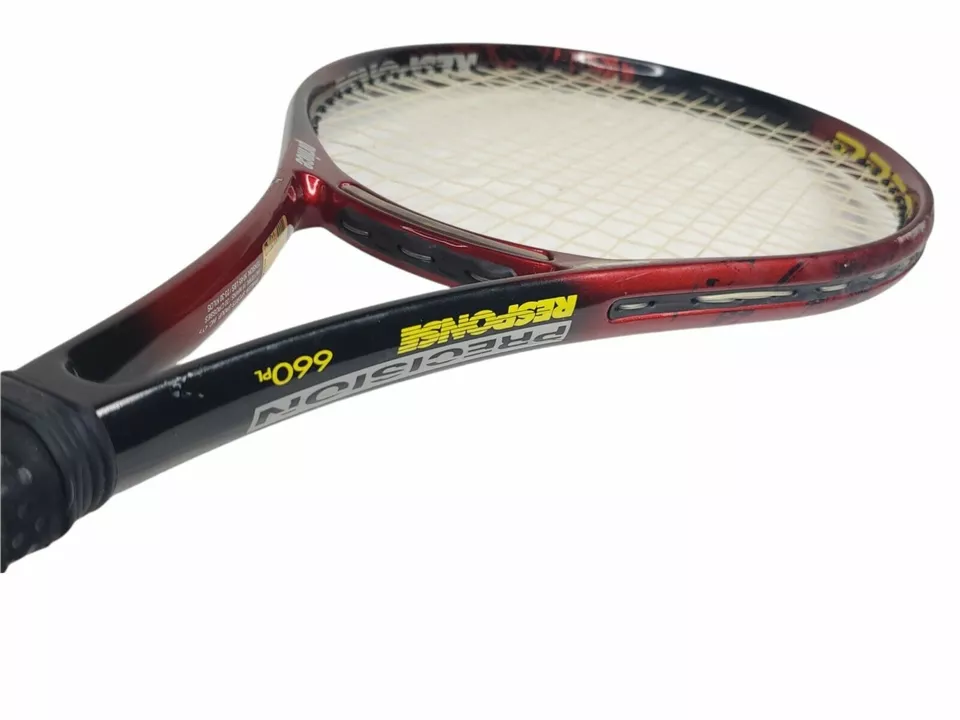Comparison Guides for Tennis Fans
Ever wonder which racket will boost your power, or why a clay court feels tougher than a hard court? On this page we break down the most common tennis comparisons in plain language. No jargon, just the facts you need to pick the right gear or strategy.
Heavier vs. Lighter Rackets
A heavier racket (around 310‑340 g) packs more momentum. Newton’s second law tells us that force equals mass times acceleration, so a heavier feel can translate into louder shots. The trade‑off is stamina – you’ll tire faster if you don’t have the shoulder strength to swing it all day. Lighter rackets (under 300 g) are easier on the arm and let you react quicker, which is great for volleys and defensive play. If you’re new or have a history of elbow pain, start light and graduate upward as your muscles adapt.
Clay Courts vs. Hard Courts
Clay courts slow the ball down and make it bounce higher. That means long rallies, more footwork, and a bigger stamina test. Players who love grinding from the baseline often thrive on clay. Hard courts, on the other hand, give a medium‑speed bounce and reward aggressive, flat shots. They’re easier on the joints than concrete but still require quick footwork. If you’re a power hitter, you’ll probably feel more comfortable on a hard surface; if you’re a patient strategist, you’ll enjoy the slower rhythm of clay.
Another quick comparison: pressureless balls vs. pressurized balls. Pressureless balls keep their bounce longer, making them ideal for practice sessions and outdoor play. Pressurized balls feel livelier at the start of a match but lose bounce faster after a few hours. Choose pressureless if you want consistency over many hits; pick pressurized for tournament feel.
When it comes to streaming live tennis, the options also differ. Services like TennisTV offer on‑demand replays and multiple camera angles, while ESPN’s app provides broader sports coverage but may have regional blackouts. If you only want Grand Slam action, go straight to the official tournament apps – they usually have the cleanest streams.
Lastly, let’s compare training styles. Pro players combine on‑court drills, strength conditioning, and mental work like visualization. A balanced routine that mixes cardio, agility drills, and short, focused practice bouts usually beats endless rallying without purpose. Keep your sessions under two hours to avoid burnout, and always finish with a cool‑down stretch.
These side‑by‑side look‑alikes should help you decide what fits your game and lifestyle best. Pick one comparison at a time, test it out on the court, and adjust as you go. Happy swinging!
